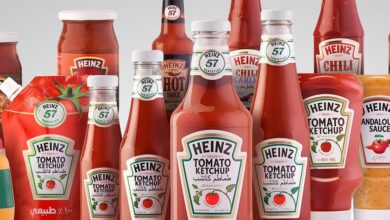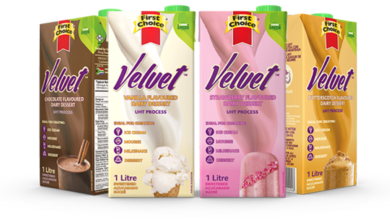From South Africa to Global Domination: How Natives Built Monster Beverage Corporation
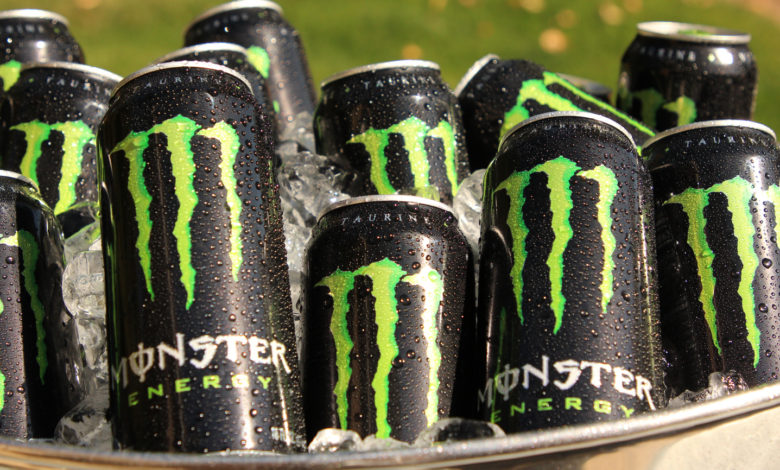
From South Africa to Global Domination: How Natives Built Monster Beverage Corporation. In the highly competitive energy drink industry, few brands have captured global attention quite like Monster Beverage Corporation. While many recognize its aggressive branding, sponsorship deals, and cult-like following, fewer know about its deep-rooted South African connection. This is the story of how South African-born entrepreneurs played a pivotal role in transforming Monster from an overlooked beverage company into a global powerhouse, and the key strategies that fueled its rise.
Humble Beginnings: The Hansen Legacy
Before Monster became the go-to drink for extreme sports enthusiasts and gamers, its origins traced back to Hansen’s Natural, a family-owned juice business founded in 1935. The company focused on selling fresh, natural juices before pivoting to soft drinks and later, energy beverages. However, by the late 1990s, Hansen’s Natural was struggling to stay relevant in an evolving market.
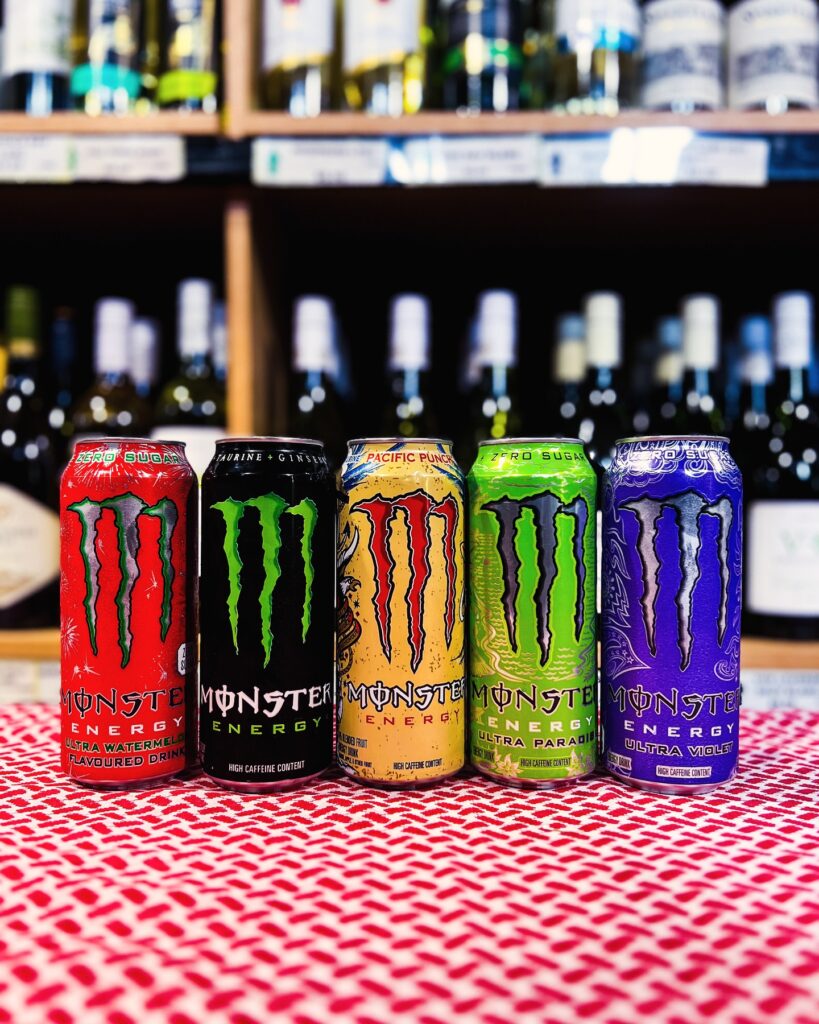
The South African Entrepreneurs Who Changed the Game
In 1990, South African natives Rodney Sacks and Hilton Schlosberg acquired Hansen’s Natural. Sacks, a former corporate lawyer, and Schlosberg, an accountant, saw an opportunity to revitalize the company. Their vision extended beyond traditional beverages—they wanted to break into a fast-growing category that had the potential for exponential growth: energy drinks.
The Birth of Monster: A Branding Masterstroke
By the early 2000s, the energy drink market was dominated by Red Bull. To compete, Sacks and Schlosberg knew they needed more than just another caffeinated beverage. They needed a lifestyle brand. Thus, in 2002, Monster Energy was born, accompanied by bold packaging, an edgy aesthetic, and a rebellious identity.
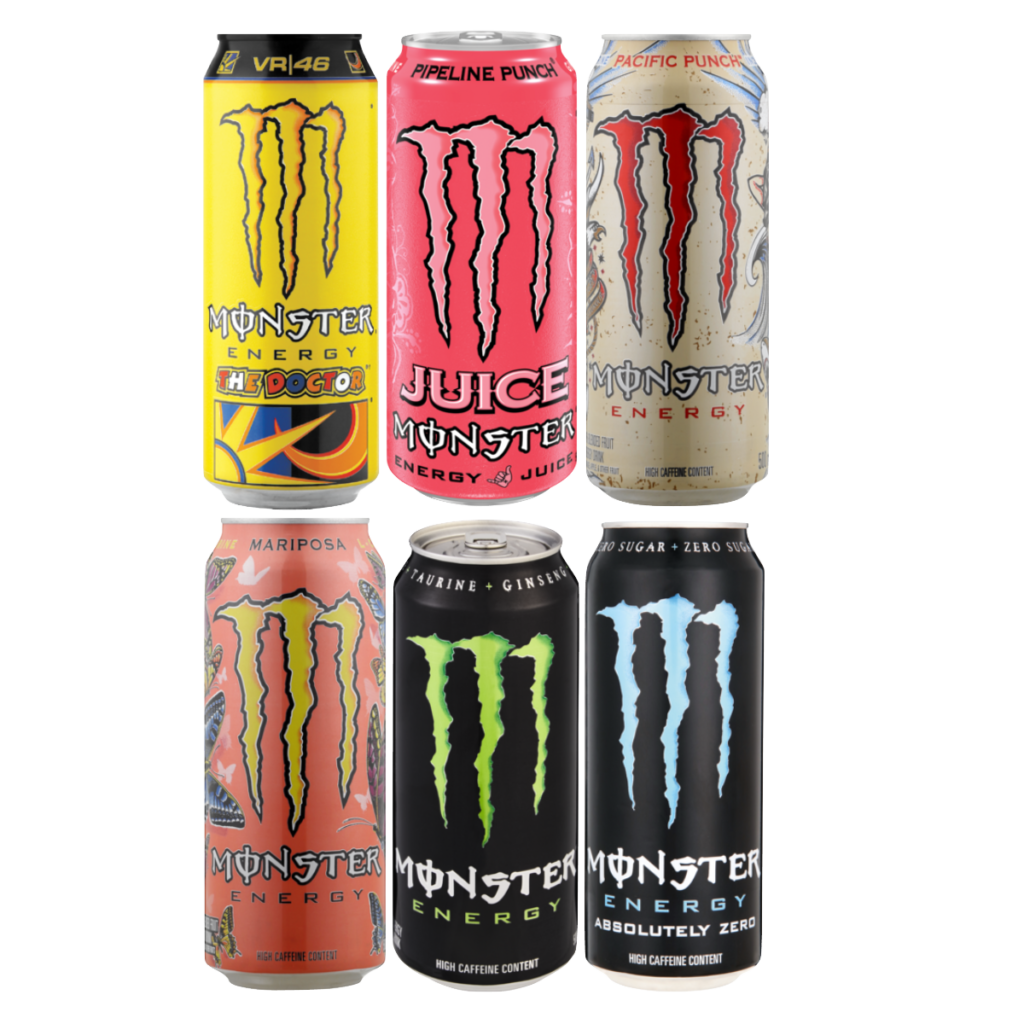
Key Strategies That Set Monster Apart
Aggressive Branding & Marketing
- Unlike Red Bull’s refined, European-style marketing, Monster positioned itself as the drink of the underdogs—targeting extreme sports, gaming, and music culture.
- The brand adopted the claw-mark logo, reinforcing a rugged, untamed image.
Sponsorships & Community Building
- Monster didn’t just advertise; it embedded itself into the cultures it targeted. From motocross and skateboarding to e-sports and rock festivals, Monster’s sponsorships made it the energy drink of choice for subcultures worldwide.
Innovative Distribution & Expansion
- Instead of relying on traditional retail alone, Monster expanded through convenience stores, gas stations, and non-traditional markets.
- A key partnership with Anheuser-Busch’s distribution network significantly expanded Monster’s reach.
Overcoming Challenges: The Battle with Red Bull
Red Bull was the industry giant, but Monster’s rapid growth led to direct competition. Legal battles over marketing tactics, distribution rights, and even product similarities tested Monster’s resilience. However, Sacks and Schlosberg consistently outmaneuvered obstacles by staying adaptable, expanding into new categories, and reinforcing brand loyalty.
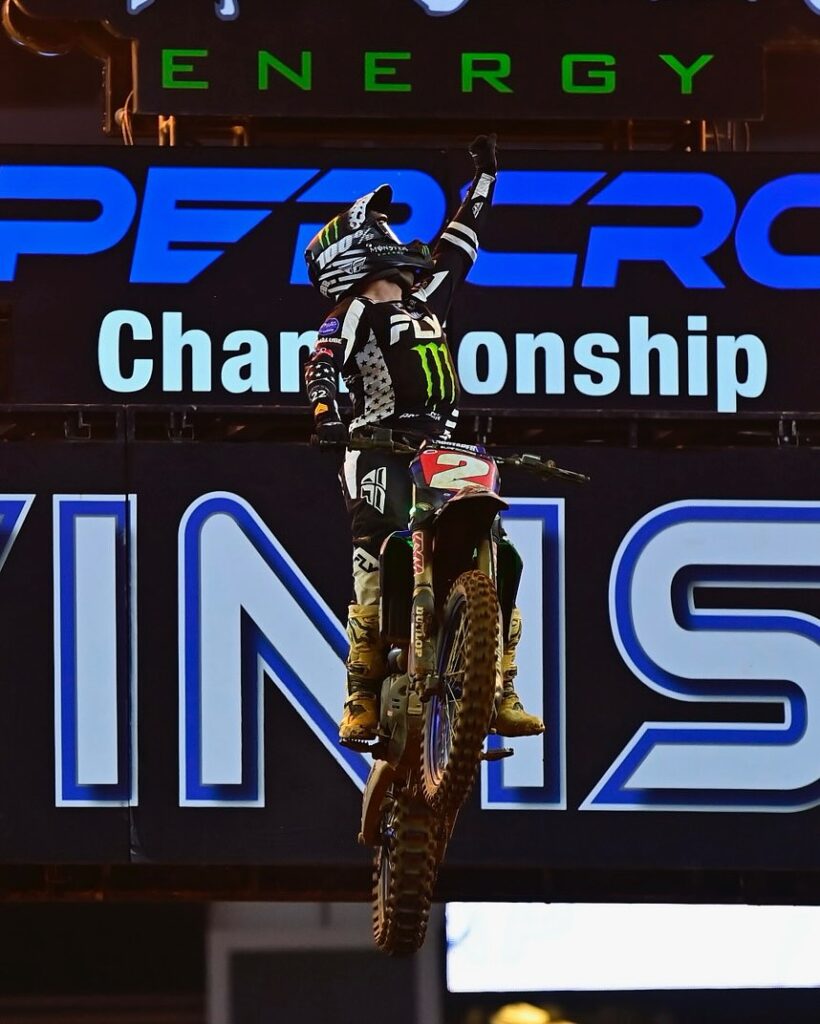
The Coca-Cola Partnership: A Game-Changer
One of the most pivotal turning points came in 2014 when Coca-Cola acquired a 16.7% stake in Monster for $2.15 billion. This strategic partnership allowed Monster to leverage Coca-Cola’s global distribution network, further cementing its position as a market leader.
Key Takeaways for Aspiring Entrepreneurs
- Identify Market Gaps: Sacks and Schlosberg capitalized on the lack of a youth-driven, high-energy brand in the market.
- Branding Is More Than a Logo: Monster’s success stemmed from embedding itself in the lifestyles of its consumers.
- Strategic Partnerships Fuel Growth: The Coca-Cola deal propelled Monster to new heights by expanding its distribution channels.
- Resilience Is Key: Despite legal battles and fierce competition, Monster continued to evolve and find new opportunities.
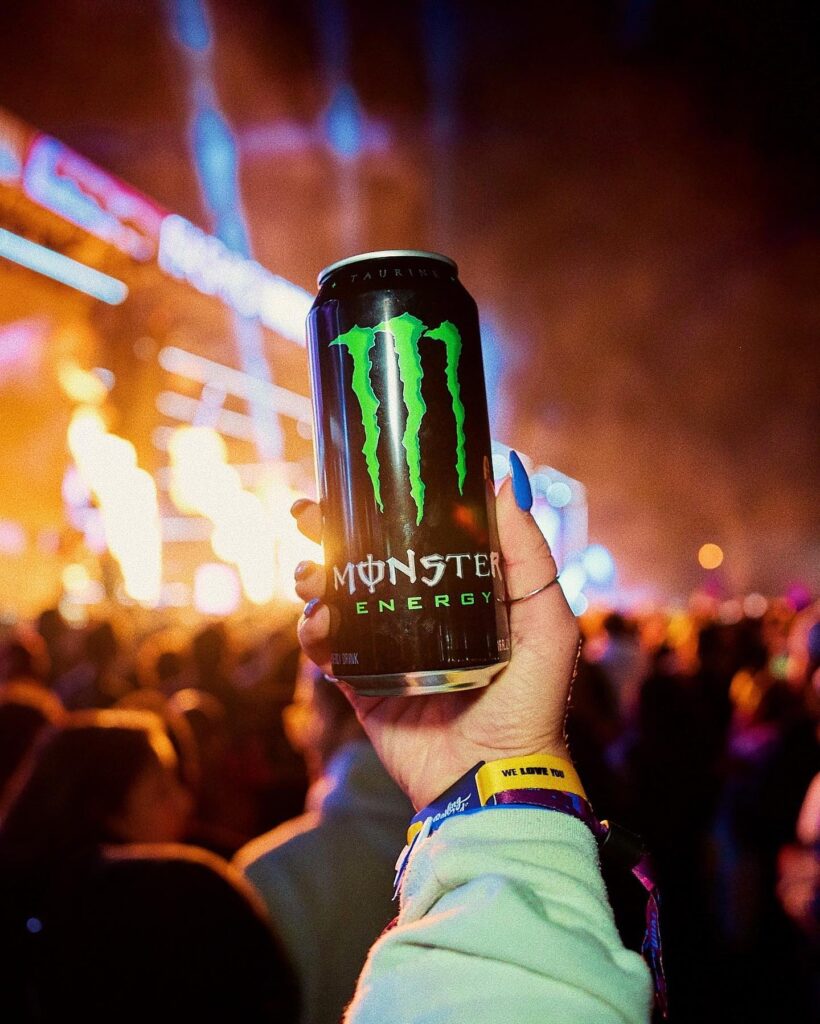
The Future of Monster
With continuous innovation, product expansions, and an ever-growing fanbase, Monster Beverage Corporation remains a dominant force in the energy drink industry. What started as a South African-led turnaround of a struggling beverage company has become a case study in strategic branding, market disruption, and global expansion.
Aspiring entrepreneurs can learn a great deal from Monster’s journey—most importantly, that success often comes from a combination of bold vision, relentless execution, and the ability to evolve with the market.

